Serrania de Los Yariguies Overview
Serranía de los Yariguíes National Park, located in the Andean region of Colombia, spans approximately 2,225 square miles (5,750 square kilometers). It is situated in the Santander Department, encompassing the rugged slopes of the Yariguíes Mountain Range.
The park is named after the Yariguíes, an Indigenous group that once inhabited the area. This remote and largely unexplored park features steep mountains, deep valleys, and dense cloud forests that create a striking and diverse landscape. The terrain rises dramatically, reaching altitudes over 10,000 feet (3,000 meters), where the peaks of the Andes transition into mist-laden forests.
These highland ecosystems are rich in biodiversity, with a mix of tropical and montane forests covered in ferns, orchids, and towering canopy trees. The region’s rivers, including the Magdalena River, cut through the valleys, forming waterfalls and providing crucial water sources for the surrounding environment.
Wildlife in Serranía de los Yariguíes National Park is remarkably diverse, with many species found nowhere else. Mammals such as the spectacled bear, ocelot, and jaguar roam the forests, while primates like the brown spider monkey and the night monkey move through the dense canopy.
The park is also an essential habitat for birds, boasting over 300 species. It is a crucial refuge for the Yariguíes parakeet, a species endemic to the region, as well as the Andean cock-of-the-rock, mountain tanagers, and various hummingbirds. Due to its elevation range, the park hosts a mix of lowland tropical species and high-altitude Andean wildlife, making it a critical area for conservation.
Visitors to Serranía de los Yariguíes National Park can experience its natural beauty through ecotourism activities such as birdwatching, hiking, and nature photography. The park’s remote nature means it remains largely untouched, offering a pristine environment for those seeking solitude and adventure.
Trekking through its rugged trails reveals breathtaking vistas, while hidden waterfalls and secluded valleys provide moments of tranquility. Due to the park’s high biodiversity, it has become a destination for researchers and conservationists studying its unique flora and fauna. Local communities surrounding the park also contribute to sustainable tourism efforts, offering guided tours and cultural experiences that highlight the region’s Indigenous heritage and traditions.
The conservation challenges facing Serranía de los Yariguíes National Park include deforestation, illegal hunting, and agricultural expansion, which threaten its fragile ecosystems.
However, significant conservation successes have been achieved through its designation as a national park, providing legal protection to its forests and wildlife. Efforts by environmental organizations and the Colombian government have improved monitoring and conservation initiatives, while sustainable tourism projects promote local community involvement in protecting the park.
By preserving its vast and ecologically rich landscapes, the park remains a vital sanctuary for Colombia’s diverse wildlife and a testament to the country’s commitment to conservation.
Park Map
Serrania de Los Yariguies National Park Highlights
Share your clicks with us
Related National Parks More Colombia
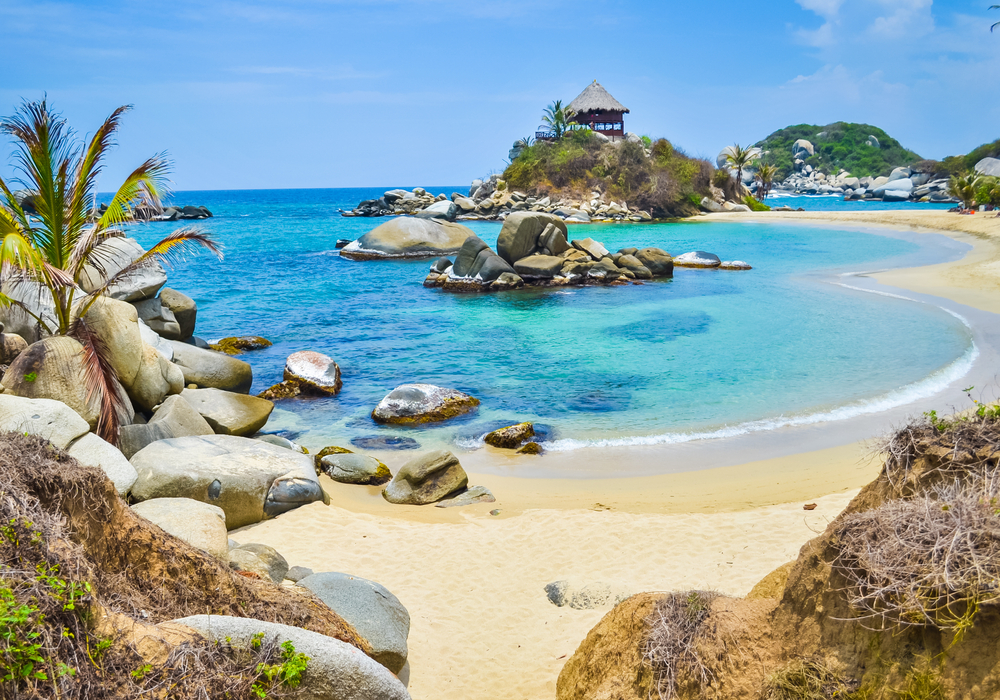
Tayrona National Park
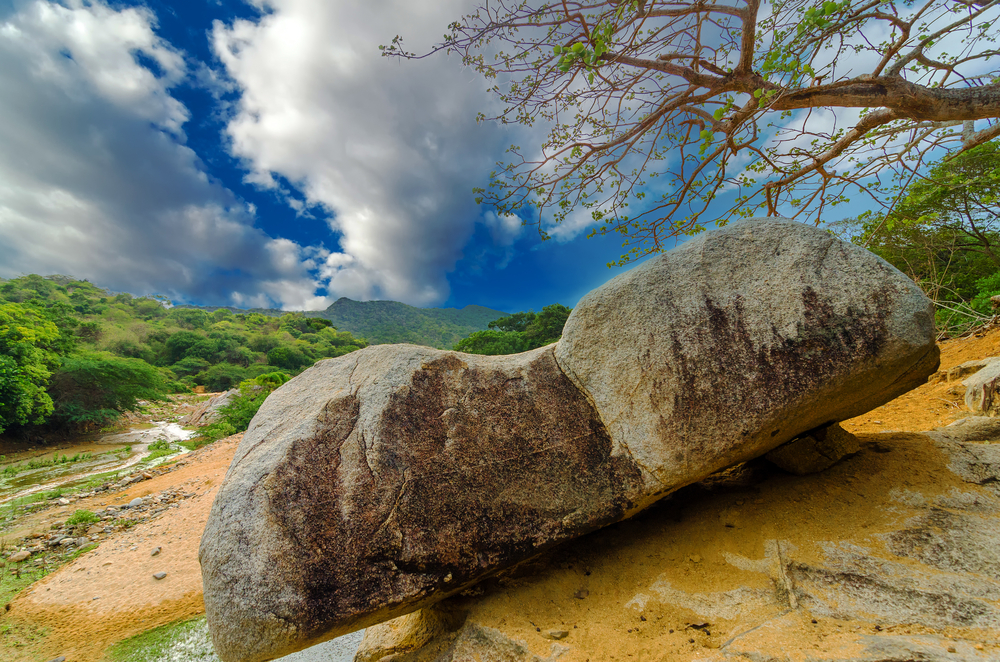
Macuira National Park

Sanquianga National Park

Serranía de los Churumbelos Auka-Wasi National Park

Serranía de Chiribiquete National Park

Pisba National Park
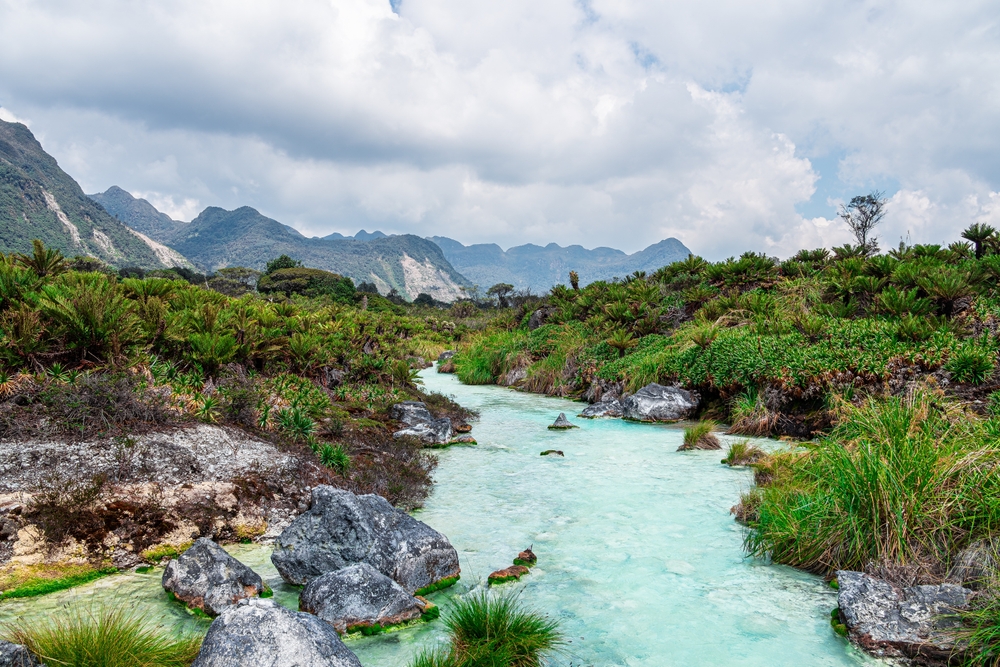
Purace National Park
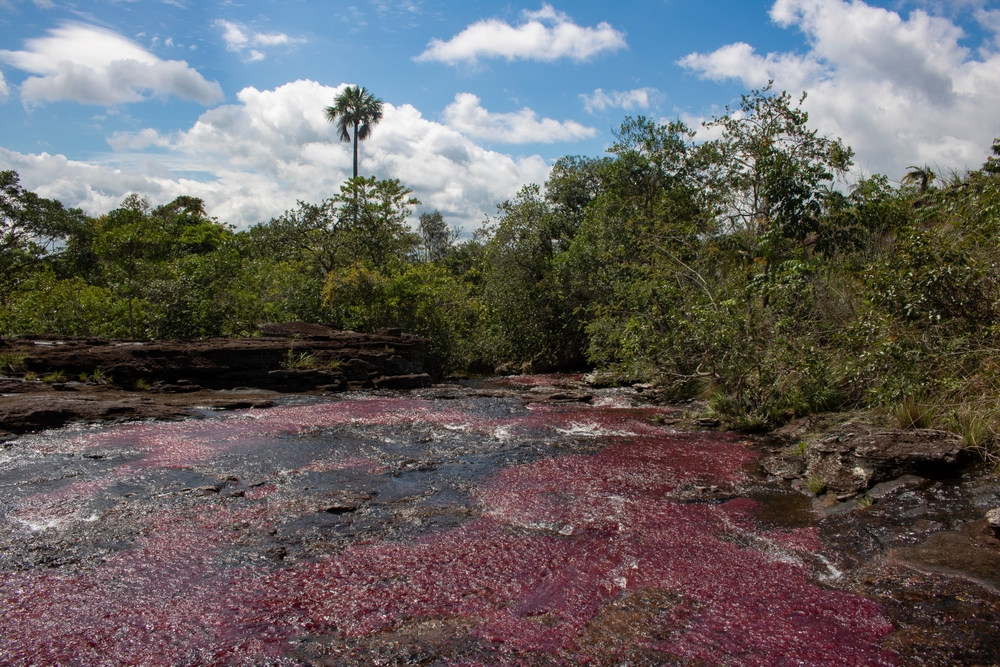
Serrania de la Macarena National Park
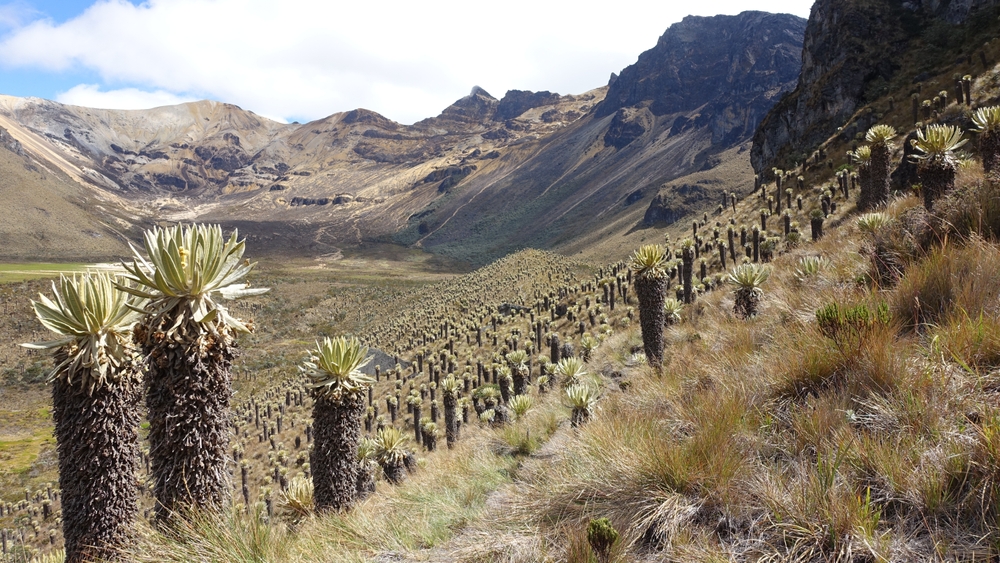
Paramillo National Park










































































